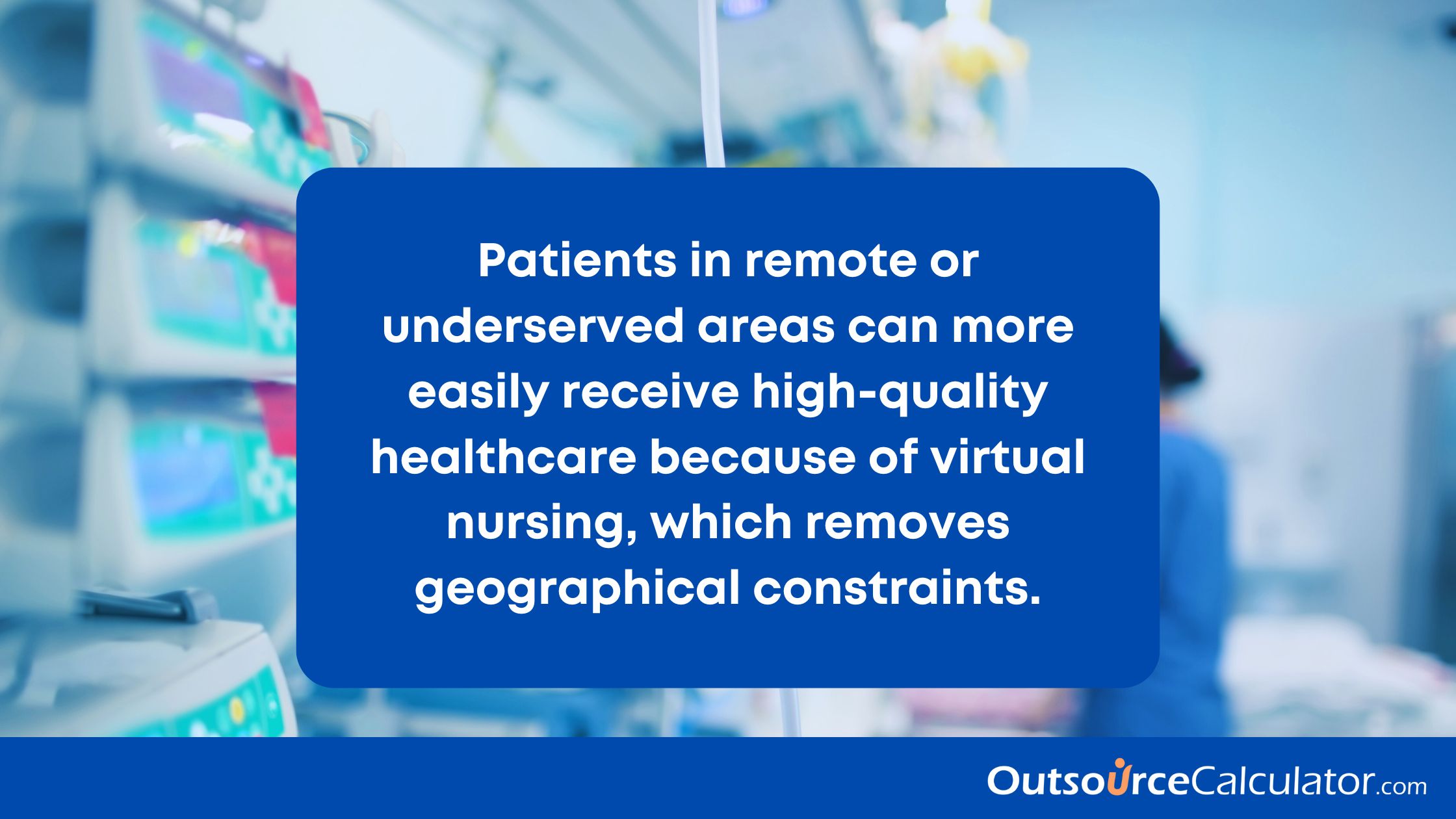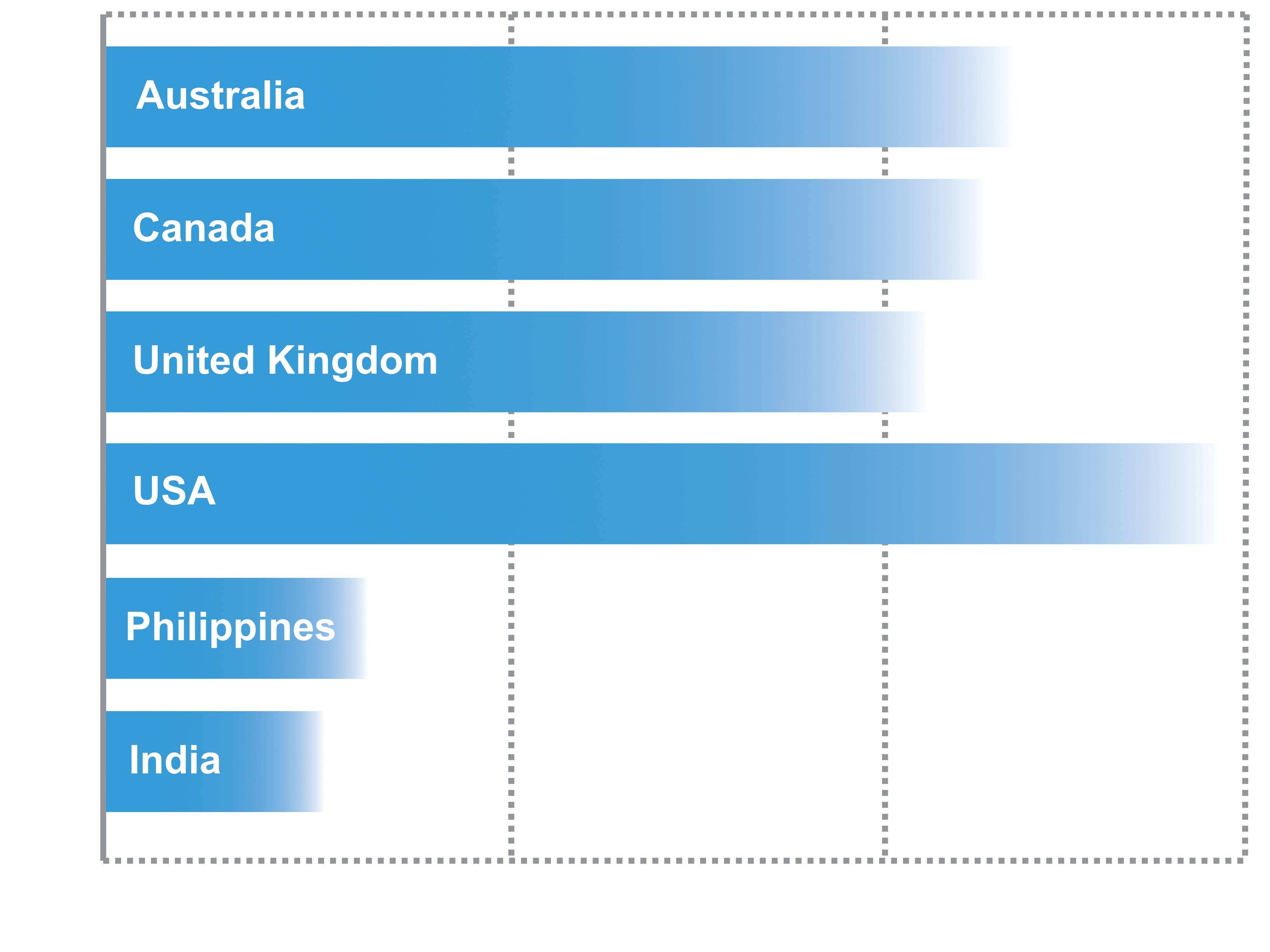
What is Virtual Nursing?
Virtual nursing involves the provision of nursing services through digital platforms, allowing nurses to interact with patients remotely. This model uses various technologies, such as video conferencing, telehealth apps, and remote monitoring devices, to assess, diagnose, and manage patient care from a distance. Virtual nurses can perform many of the same tasks as traditional nurses, including patient education, care coordination, and health monitoring, all without the need for physical presence.
How Virtual Nursing Works
Virtual nursing typically involves a combination of synchronous and asynchronous communication methods. Nurses use video calls or live chats to interact with patients in real-time, allowing for immediate assessment and response. In addition, asynchronous tools like messaging apps or email enable patients to share updates or ask questions at any time, with the nurse responding when available. This flexibility helps accommodate the needs of both patients and healthcare providers.
Patients may also use remote monitoring devices, such as blood pressure cuffs or glucose meters, to collect and transmit health data to their virtual nurse. This data allows nurses to monitor the patient’s condition continuously and intervene if necessary, providing a higher level of care than might be possible with traditional, in-person visits.
Benefits of Virtual Nursing
Better Accessibility
Patients in remote or underserved areas can more easily receive high-quality healthcare because of virtual nursing, which removes geographical constraints. Patients can connect with nursing professionals from the comfort of their homes, eliminating the need for travel and reducing the burden on in-person facilities.
Cost-Effective Care
By reducing the need for physical infrastructure and in-person visits, virtual nursing can lower healthcare costs for both providers and patients. This model is particularly beneficial for managing chronic conditions, where ongoing monitoring and regular check-ins are essential.
Enhanced Patient Engagement
Virtual nursing allows for more frequent communication between nurses and patients, which can lead to better adherence to treatment plans and improved health outcomes. Patients who are actively engaged in their care are more likely to follow medical advice and make healthier lifestyle choices.
Flexibility for Healthcare Providers
Virtual nursing enables healthcare providers to manage larger patient loads more efficiently. Nurses can provide care to multiple patients across different locations, optimizing their time and resources.

Challenges in Implementing Virtual Nursing
While virtual nursing presents significant opportunities, it also comes with challenges that healthcare providers must address:
Technology Adoption
Both patients and healthcare providers need to be comfortable using digital tools for virtual nursing to be effective. This requires investment in technology and training to ensure that all parties can navigate the platforms with ease.
Data Security
Protecting patient data in a virtual environment is crucial. Healthcare providers must implement robust cybersecurity measures to safeguard sensitive information and comply with privacy regulations.
Limited Physical Interaction
Some aspects of nursing care require physical interaction, which virtual nursing cannot fully replicate. Providers must balance the use of virtual nursing with in-person visits when necessary to ensure comprehensive care.
Licensing and Regulation
Virtual nursing across state or national borders may require navigating complex licensing and regulatory frameworks. Healthcare providers need to ensure compliance with local laws and regulations when offering virtual services.
The Future of Virtual Nursing
The future of virtual nursing looks promising as technology continues to advance and healthcare systems increasingly embrace digital solutions. We can expect to see more integrated telehealth platforms that offer seamless virtual care experiences, with virtual nursing playing a central role in patient care management. As the demand for accessible and efficient healthcare grows, virtual nursing is likely to become a standard component of healthcare delivery, complementing traditional nursing practices.
Compute potential savings for your remote staff and virtual team member
Build Your Global Team and Save up to 70% on Labor Cost.
Recent Articles
About Outsource Calculator
Outsource Calculator helps boost your profits, increases quality and efficiency, and allows your business to scale quickly without expensive overhead.
Empowering
Get a FREE Quote & Save 70% on Labor costs!
The Outsource Calculator estimates the savings from outsourced staffing solutions compared to hiring locally, which is intended for informational purposes only. It provides approximate pricing only may not be accurate and should only be used as a guide and is not an official quote. You should not make any decisions based simply on the information provided. Outsource Calculator pricing is based on the typical employee salaries for each role, including all employee payroll taxes, government-mandated employee costs, employee technology required, office space, hardware costs, IT support, recruiting, training, onboarding, and all HR functions which provide a more accurate comparison with the outsourced staffing compared to local hiring.
United States
United Kingdom
Australia
Canada
Europe
Copyright © 2025 OutsourceCalculator.com All rights reserved. Privacy Policy Terms of Use




